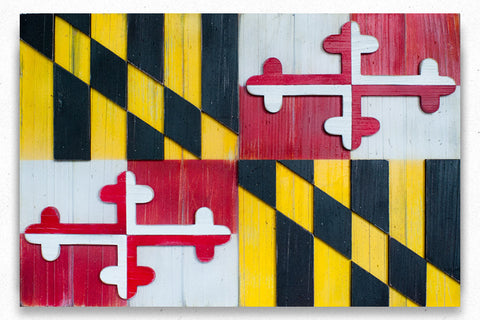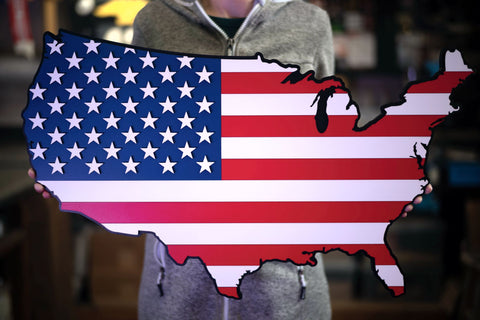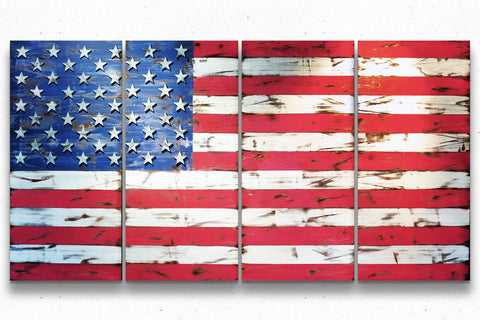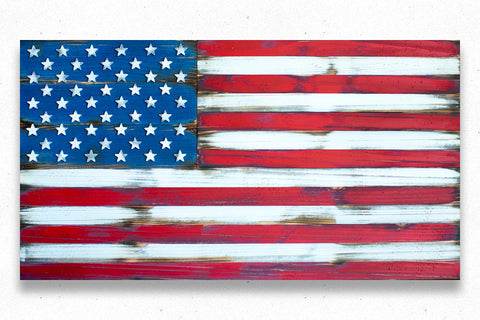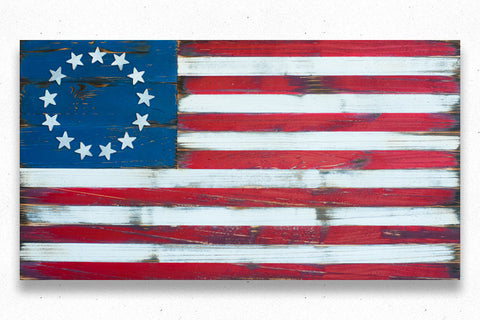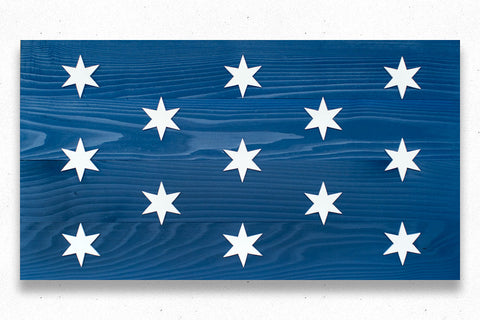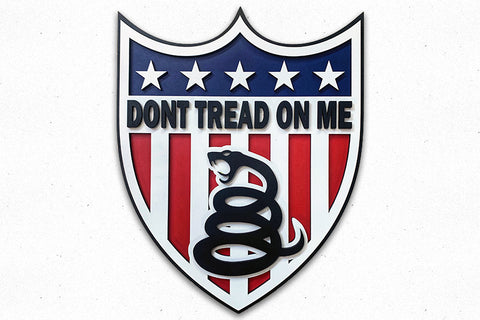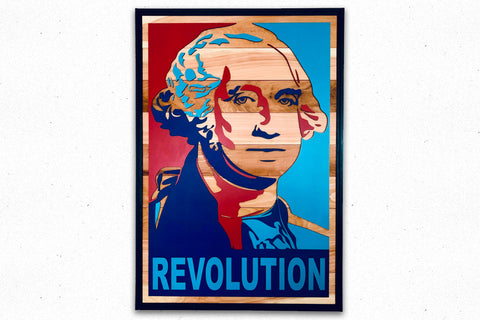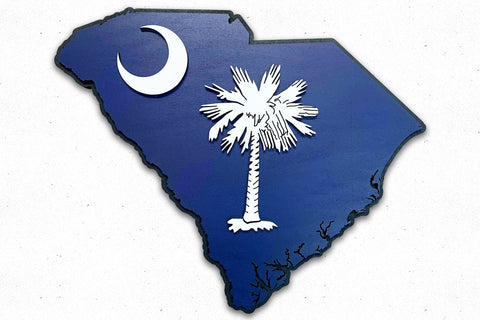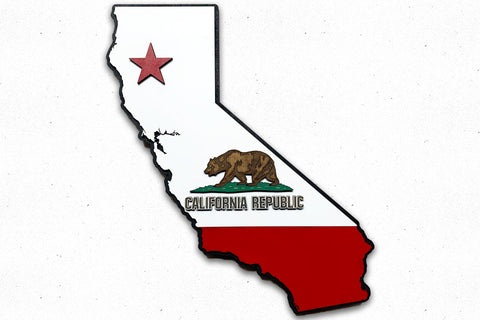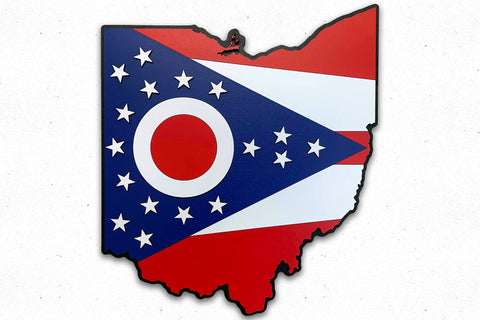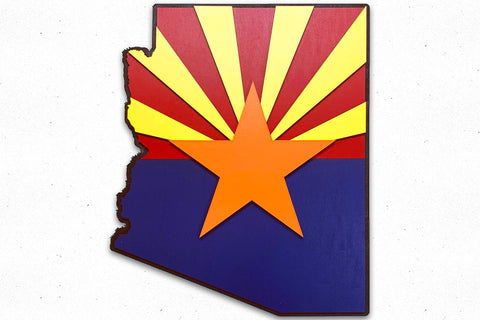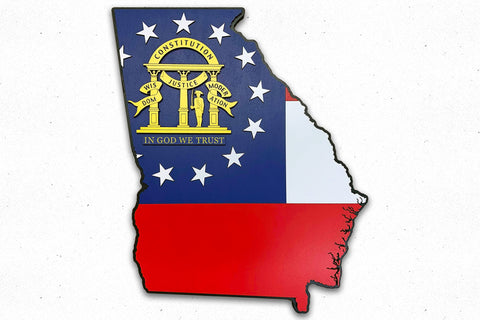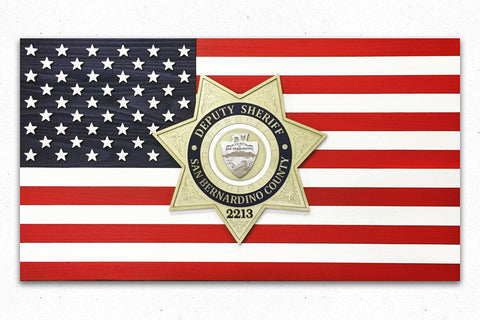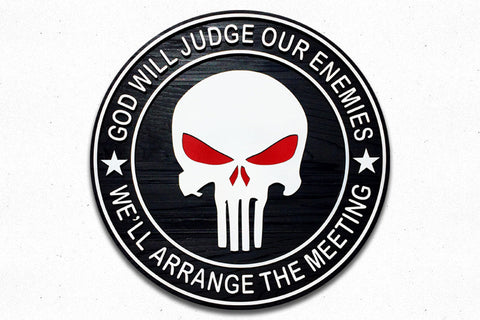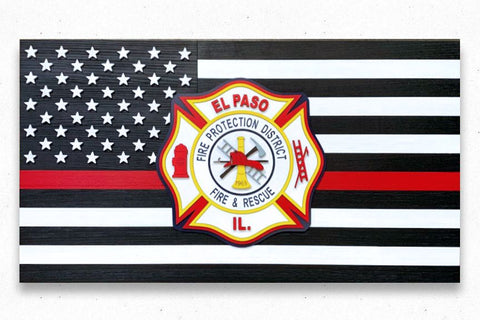At a time in American history where no national flag yet existed, the Serapis flag was one of the first recognized symbols of the United States. Its name comes from the HMS Serapis, one of many ships in the Royal Navy named after the Greek god, Serapis. She was a beast—considered fifth rate, sported two-decks, and boasted 44 guns (twenty 18-pounders, twenty 9-pounders, and four 6-pounders).
Enter John Paul Jones, Navy Captain during the American Revolution. Jones was credited for gloriously capturing the HMS Serapis during the Battle of Flamborough Head in 1779. Story goes that during this epic battle, his own ship ended up sinking to the bottom of the sea. After commandeering the HMS Serapis, he sailed away to the island port of Texel, run by neutral Dutch United Provinces. The only problem was that the HMS Serapis’ banner had been blown into sea during battle. Arriving to port without a flag, Jones was immediately mistaken for a pirate by the port’s officials.
One source tells us that, “...that the Admiralty issued orders to have him hung as a pirate if he could be captured. The reason given for the order was a legalistic one—he did not fly the flag of any recognized nation.”
Jones was captured and placed in prison. But, in an attempt to save Jones’ life, Deutschland's ambassador reached out to Benjamin Franklin regarding a design of the U.S. flag. His hope was that a recognizable standard could be quickly made.
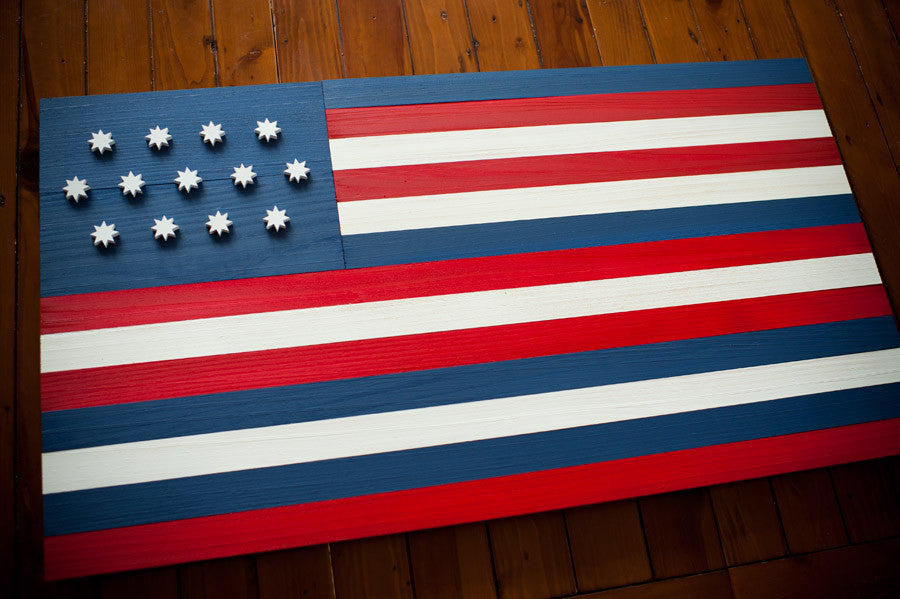
As far as Benjamin Franklin knew, no national flag yet existed. Nevertheless, he echoed Arthur Lee’s undisclosed mandate for the flag to be designed with “white, red, and blue alternately to thirteen" with a "blue field with thirteen stars" in the canton.
Before long, Jones was free and flying aboard the HMS Serapis with what we now call the “Serapis” flag. Thanks to Benjamin Franklin, this piece of history has also been know to be called the “Franklin flag.” Franklin’s haste and quick production of this design spared Jones from being hung and his life was spared.
The Serapis flag is distinctive because of the four, irregularly placed blue stripes and 8-pointed stars. Although it was flown as a U.S. flag and was recognized as such by the Dutch, it did not meet the Congressional description of U.S. flags under the Flag Resolution of 1777, which specified "alternate red and white" stripes. Although the Serapis flag was never adopted, it was one of the first recognized symbols of the U.S. before the national flag was embraced, and that is exactly what makes the Serapis flag so unique.
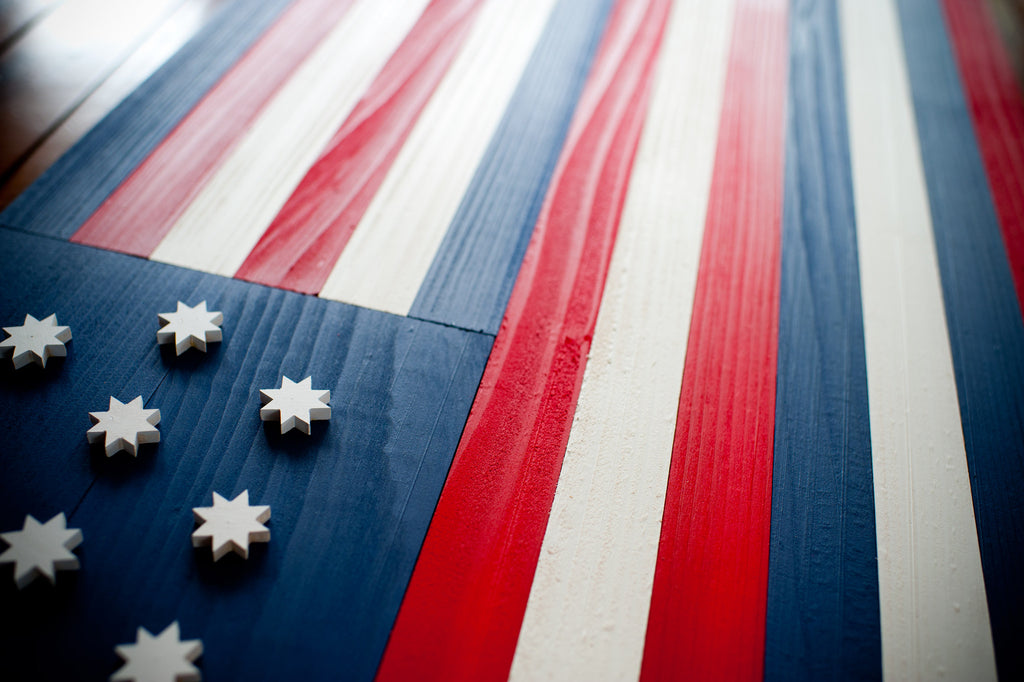
Patriot Wood is about building the best wood flags and wooden wall art we can produce through our passion and unique craftsmanship. Like all of our flags, the Serapis wood flag incorporates raised elements, giving it a distinctive 3D look and feel. We use these raised pieces to enhance the overall quality of every flag you receive. Our Serapis wooden flag is carefully handcrafted so that the final product not only makes us proud but will make you proud as well. Savor the history and order yours today!



